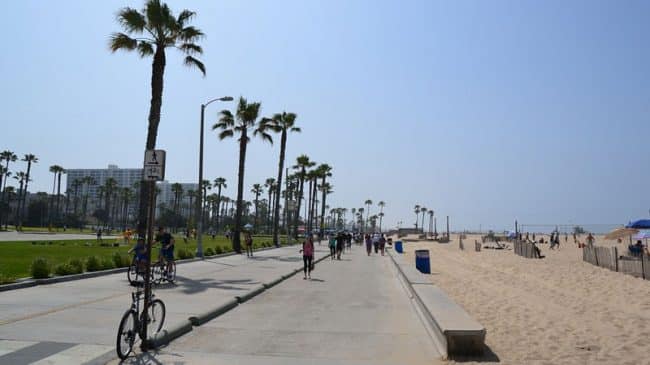The most recent accounting of California’s state debt, including unfunded pension liabilities, pegs the total at nearly $620 billion. Like our national debt, the state’s bills will only keep growing as long as Sacramento clings to its “spend now, fund it later” philosophy.
The latest warning comes from the California State Auditor, the nonpartisan external auditor. Its report on the California State Teachers’ Retirement System says the pension system is a “high risk” issue and unless the state “takes steps to ensure that funding for the CalSTRS program is increased, it may have to make up for the deficit using revenue from taxes.”
In other words, the state is going to have to come up with that money eventually. The $6 billion a year tax increase that voters approved last November – Proposition 30’s “Temporary Taxes to Fund Education” – was supposed to solve all of the state’s education budget needs and free up funds to meet pension shortfalls.
But, while CalSTRS provides generous pensions for its 862,000 members – so generous that over 6,000 retired teachers and school administrators currently receive pensions in excess of $100,000 per year – it hasn’t been funding those obligations. Presently, the CalSTRS pension plan only has 67 cents for every dollar it promises in benefits, which the auditor noted is “well below the 80 percent considered fiscally sound.” This shortfall has been building for years despite repeated warnings about it from Legislative Analyst’s Office and others.
This spring the LAO reported that CalSTRS is short $73 billion. The state legislature has complete control over how much the state and school districts pay into the pension system each year. Yet, for years they have been underfunding the system by over $4 billion per year. Those billions have to be made up, with interest, at some point.
To make matters worse, the CalSTRS system assumes that its investments will make handsome 7.5 percent returns every year. Any year they don’t make that return, the unfunded hole that taxpayers are responsible for will get bigger and deeper.
If CalSTRS is going to be fixed, several things need to happen. In the short-run the ratio of contributions by workers needs to increase. The state and school districts need to make the full annual contributions required to fund the system. This means at least $4.5 billion more per year, according to the LAO. And more realistic investment return assumptions of around 4 percent a year need to be used to protect taxpayers and prevent them from being on the hook for riskier investment return projections that are often not realized.
Over the long term, California needs to overhaul how the state provides retirement benefits to workers. Future workers need to be switched to defined contribution plans like most private sector workers have today.
We know the system is going to run out of money. The question is whether or not state leaders will do anything about it.
Adrian Moore is vice president and Salvador Rodriguez is a policy intern at the Reason Foundation. This article was originally published in the Orange County Register on October 31, 2013.
Stay in Touch with Our Pension Experts
Reason Foundation’s Pension Integrity Project has helped policymakers in states like Arizona, Colorado, Michigan, and Montana implement substantive pension reforms. Our monthly newsletter highlights the latest actuarial analysis and policy insights from our team.

